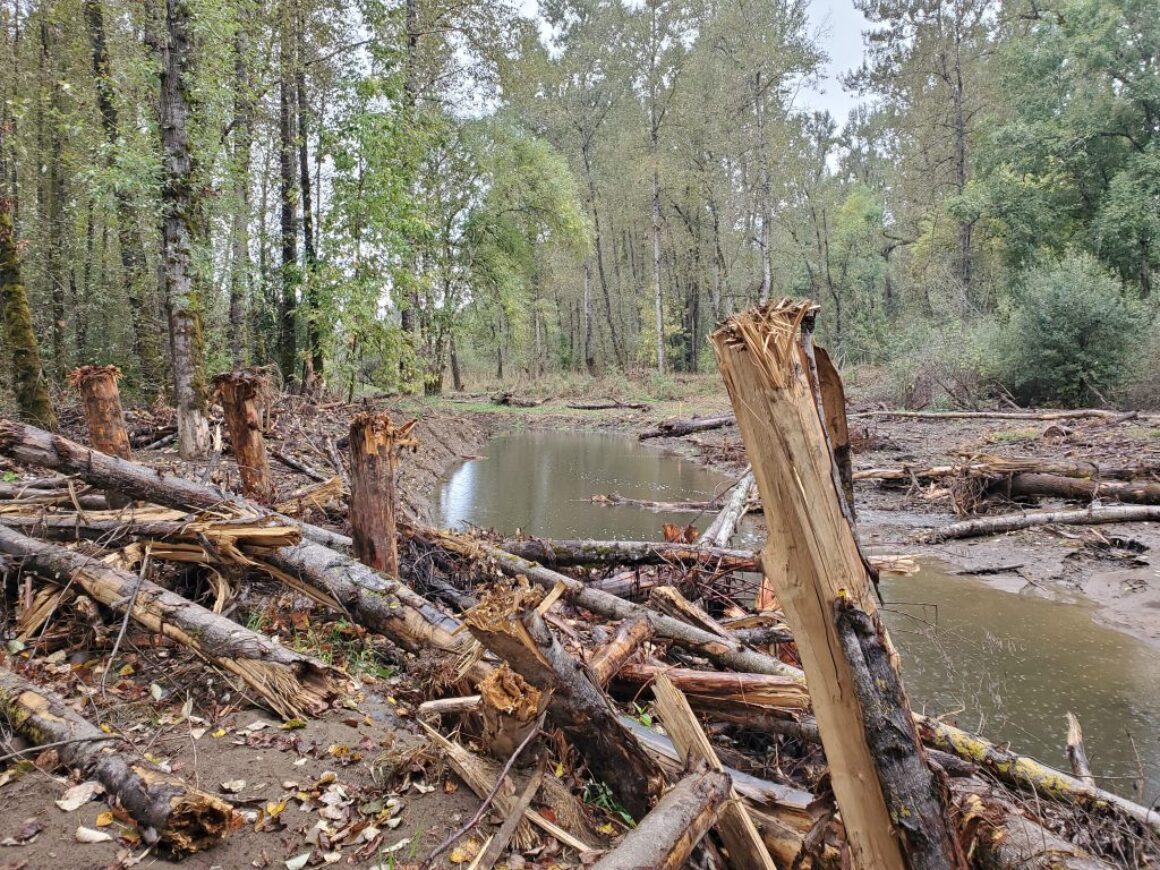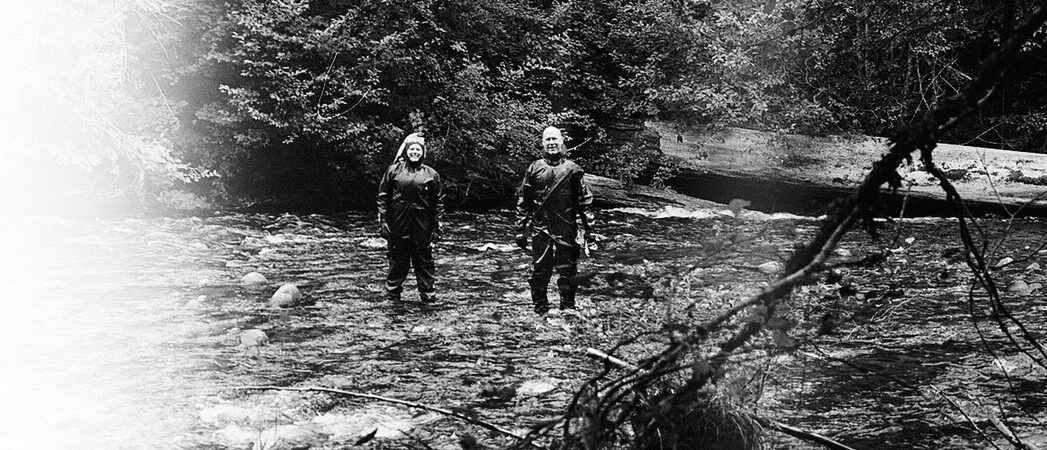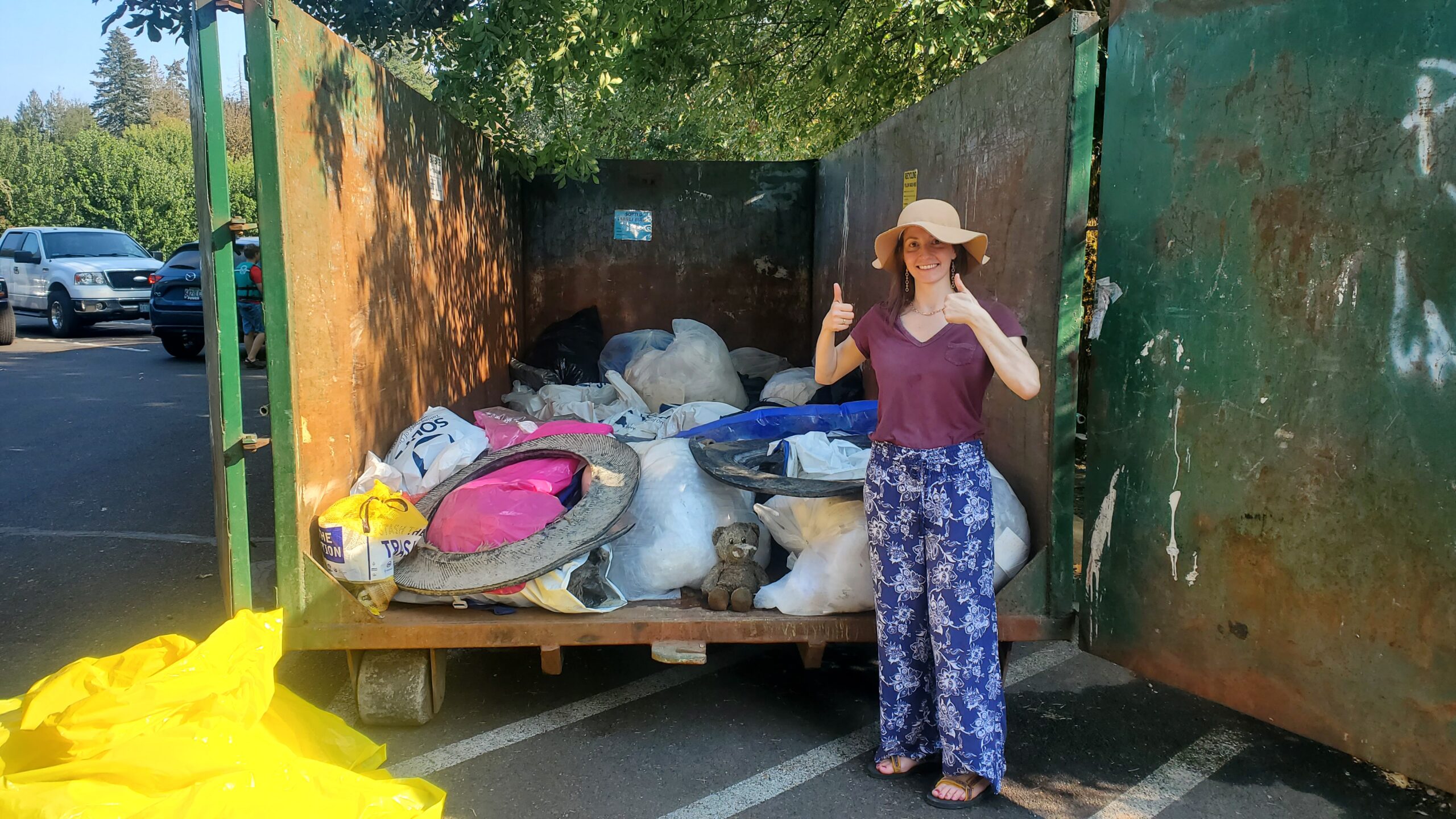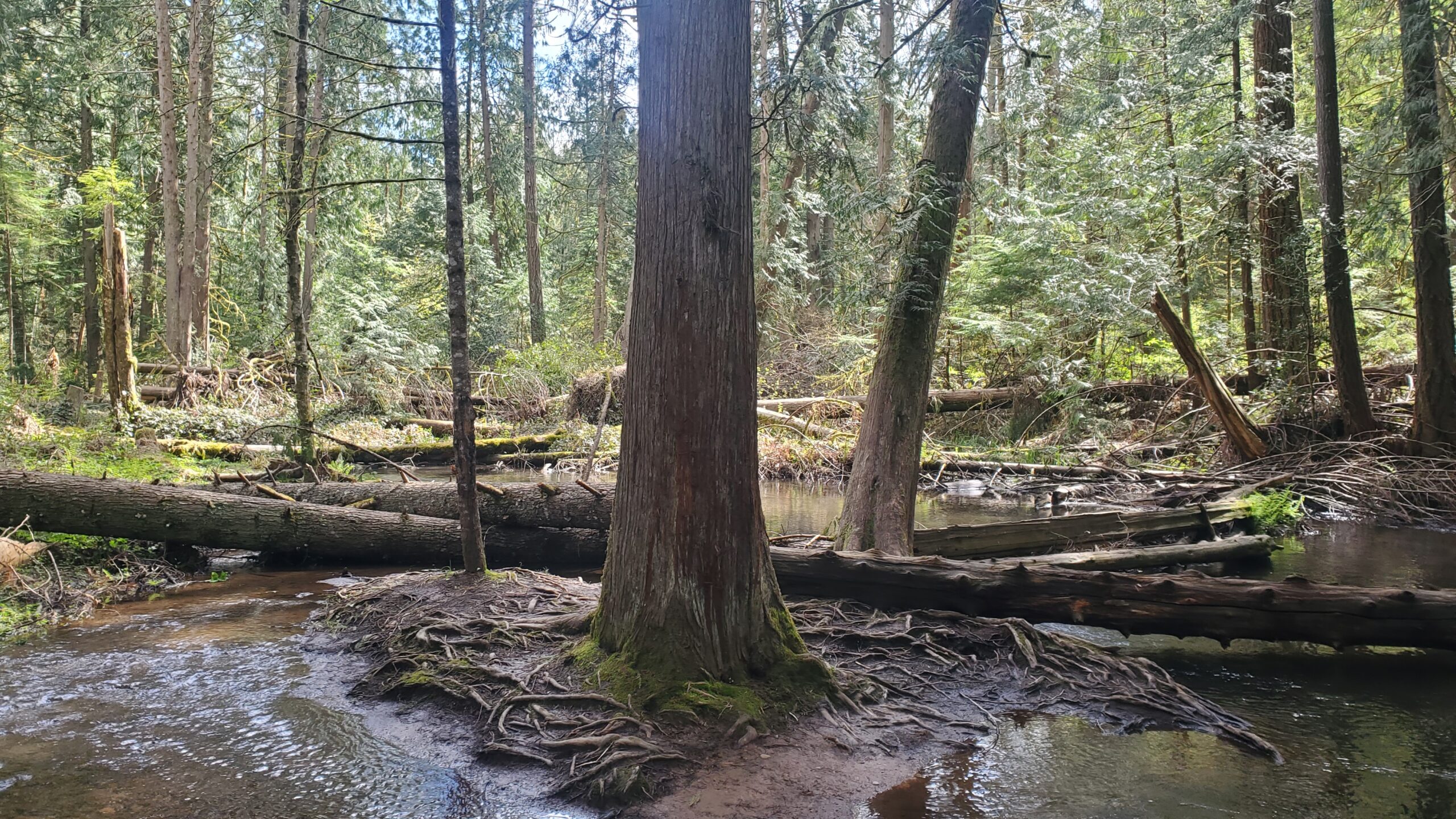The Clackamas River, winding its way through the scenic landscapes of Oregon, is not just flowing water; it’s the lifeline for anadromous fish species like salmon and steelhead. These remarkable creatures embark on incredible journeys, traversing thousands of miles from the ocean to their freshwater spawning grounds. However, their survival hinges not just on the main river but also on the often overlooked but critically important side channel habitats. In this post, we delve into the significance of side channels for the well-being and sustainability of anadromous fish in the Clackamas River ecosystem.
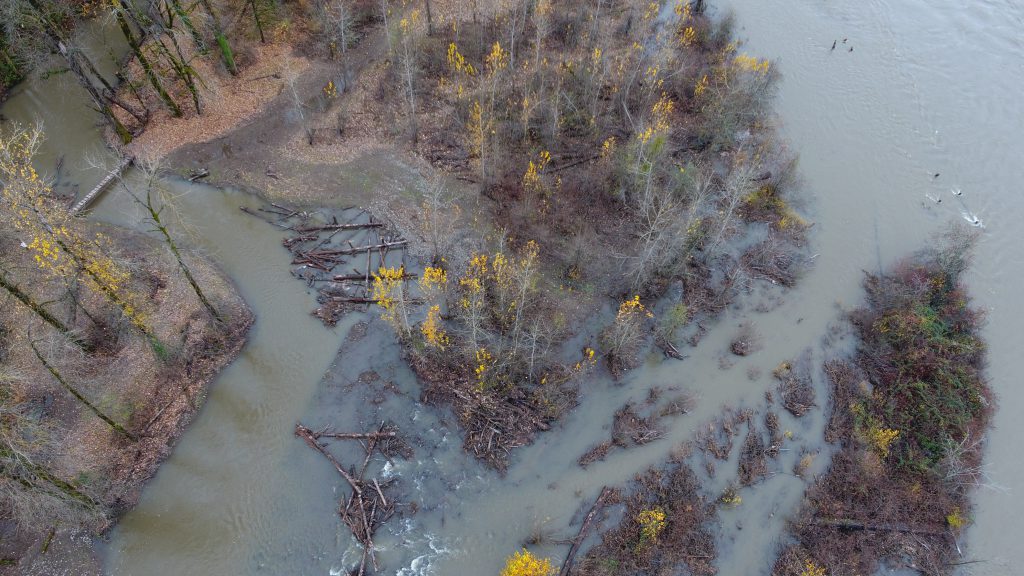
The Diversity of Side Channel Habitat: Side channels are like hidden arteries branching off from the main river, providing refuge, spawning grounds, and nursery areas for fish. In the context of the Clackamas River, these side channels are diverse ecosystems themselves, ranging from shallow, slow-moving channels to deeper, faster-flowing ones. They offer a mosaic of habitats, each catering to different life stages of anadromous fish.
Nursery for Young Fry
For juvenile fish, side channels offer a safe haven from the strong currents of the main river. Here, they find calm waters and abundant food, allowing them to grow and develop without the constant threat of being swept away. Submerged vegetation and fallen logs in the side channles provide vital shelter shielding the fry from predators.

Spawning Grounds:
During the spawning season, adult salmon and steelhead return to these side channels to lay their eggs. The gravel beds in these channels provide the ideal substrate for spawning, with the gentle flow ensuring oxygenation of the eggs. This process is crucial for the continuation of the fish population, as successful spawning leads to the next generation of fry.
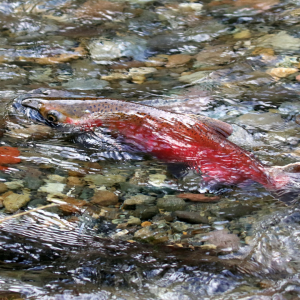
Escape from High Flows:
One of the most significant benefits of side channels becomes evident during periods of high flow in the main river. When water levels rise, side channels act as refuges, allowing fish to seek shelter from the swift currents and turbulent waters. This refuge is essential for the survival of both adult fish returning to spawn and juvenile fish navigating their way downstream.
Biodiversity Hotspots:
Beyond their importance for anadromous fish, side channels support a rich array of flora and fauna. From aquatic plants to insects and small invertebrates, these habitats contribute to the overall biodiversity of the river ecosystem. They also serve as foraging grounds for birds and other wildlife, highlighting their interconnectedness with the broader environment.
Improved Water Quality:
When water from the river flows through the side channels some of the water enters the ground where suspended sediments are filtered out, microorganisms remove pollutants like nitrates and the water is cooled before returning to the stream. With over 300,000 people getting their drinking water from the Clackamas River the improved water quality benefits more than just the fish.
Conservation Efforts and Challenges:
Despite their significance, side channels face numerous threats, including habitat degradation, pollution, and altered flow regimes due to human activities such as dams, water withdrawls and urban development. Conservation efforts aimed at restoring and preserving these side channel habitats are therefore crucial for the long-term health of anadromous fish populations in the Clackamas River.

The Clackamas River Basin Council is actively working on side channel restoration work throughout the lower Clackamas River. Please click here to see our current restoration projects.
The Clackamas River Basin Council is a 501(c)(3) nonprofit with the mission of fostering partnerships for clean water and to improve fish and wildlife habitat and the quality of life for those who live, work and recreate in the watershed. Please support this work!
Subscribe to get access
Read more of this content when you subscribe today.

